Lines with the best biomass yield performances had excellent survival, uniformity and value
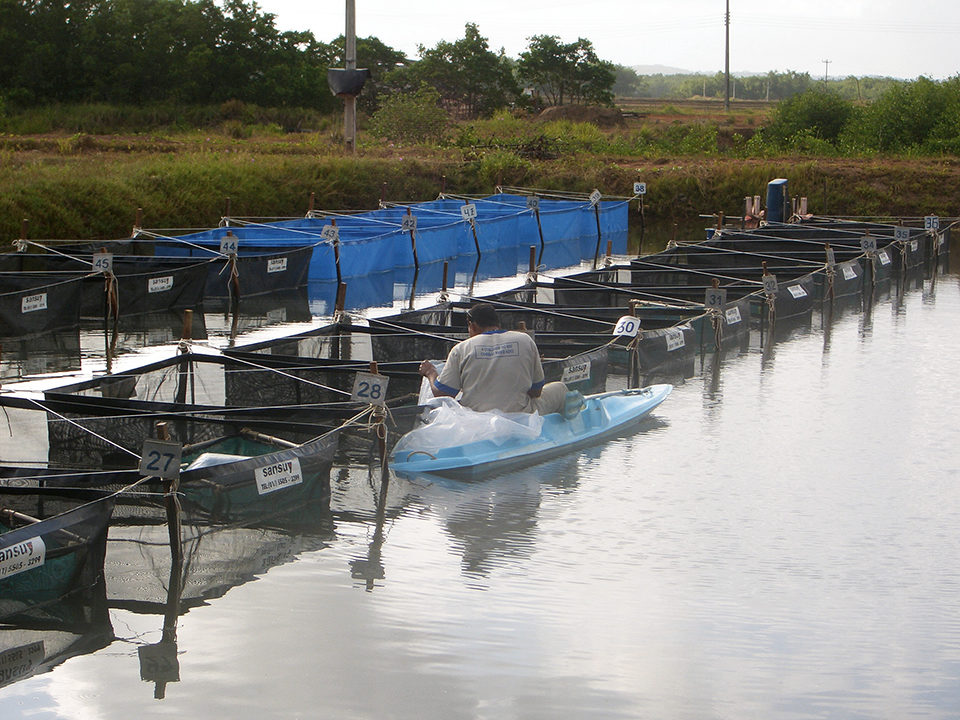
The first specific pathogen-free (SPF) shrimp imports into Brazil took place in late 2006, when widely diverse SPF stocks of Pacific white shrimp (Litopenaeus vannamei) were brought in from the United States. Four primary populations in six groups – some of which crossbred – were imported.
In ongoing work by the authors in experimental ponds, test objectives included performance evaluations of the imported SPF populations, assessments of the animals’ genetic potential for productivity under local commercial conditions and comparisons to the authors’ non-SPF “Speed” line, a target of genetic improvement over many years. The authors also hoped to obtain information that would help guide the new SPF breeding program being launched at the new SPF Center.
Test design
Three alternative testing methods were implemented involving elastomer-tagged and untagged animals stocked in seven ponds. Multiple spawns from six SPF line crosses (some crossbred, some pure line crosses, GK1 to GK6) and from the commercial nonSPF line were reared under normal larviculture protocols. The performance tests involved three concurrent experimental blocks of observations.
Seven side-by-side, 0.1-hectare (ha) experimental ponds were each stocked with 30,000 untagged PL13-17 at a density of 30 shrimp per square meter for 100 days of grow-out. Each pond was stocked with postlarvae of only one line. Stocking, feeding and pond management followed commercial routines typical for the region and targeted an average harvest weight of 12-13 g. The harvested shrimp from these ponds were sent to a processing plant, classified and packed in commercial categories following routine operating procedures.
In each of seven ponds, two large cages each contained 46 elastomer-tagged animals representing all seven test lines. A total of 4,500 tagged animals from all lines were grown in the cages after tagging under the same general environmental conditions in the seven experimental ponds.
The seventh pond (A6) also held an additional 2,100 test shrimp, 300 tagged animals from each line, outside the cages. Grow-out for the tagged animals both in and outside the cages lasted about 70 days and targeted the same average weight as that for the untagged shrimp. These tagged animals were all individually recorded and weighed at harvest.
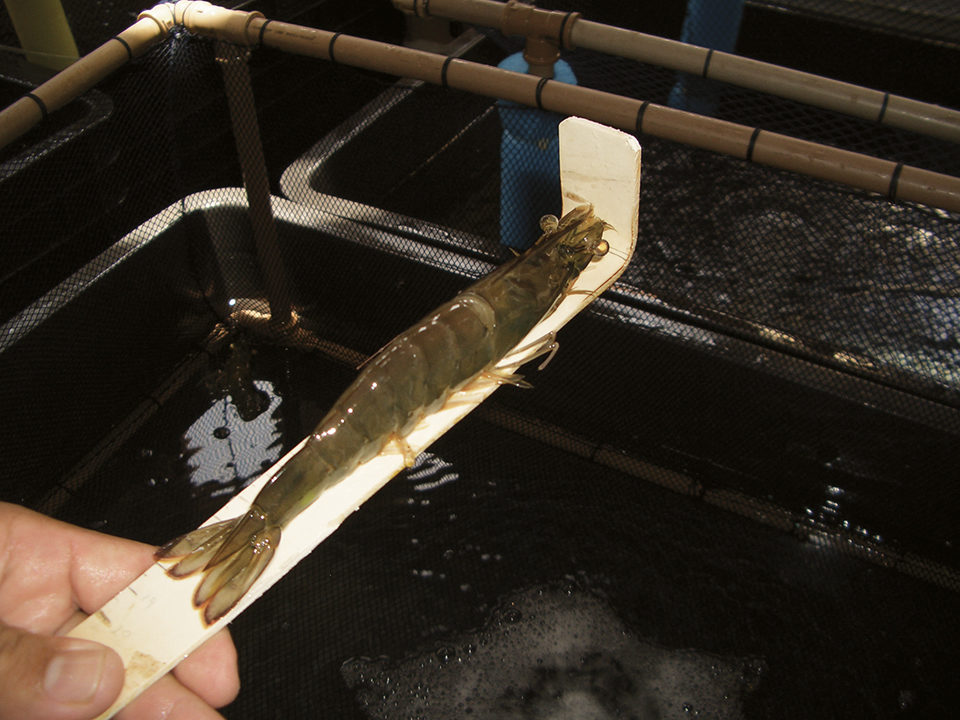
Data analysis
The balanced design utilizing tagged animals in similar ponds allowed quantification of the environmental effects for each pond, corrections under a statistical framework and incorporation of all data from all experimental blocks into a robust statistical analysis. Mixed linear statistical models addressed the fixed effects of line, pond and testing mode, the interaction between line and testing mode, and the random effect of cages nested within testing modes and ponds
Statistical analyses were first conducted separately for each experimental testing block – nontagged animals in ponds, tagged animals in cages and tagged animals in pond A6 – and then combined analyses were carried out. The “breed” composition of each group was also studied using regression approaches to try to quantify consistent breed and heterosis effects that could help shape the structure of future SPF breeding programs and facilitate commercial breeding strategies for maximum genetic gain, uniformity and genetic protection.
Results
The statistical analyses for the separate and global data had very similar results, so only the latter is reported here. In general, all statistical effects tested were highly significant (P < .0001), with a few minor exceptions which were only marginally significant (P < 0.1, pond effects for survival). The interaction effect of testing mode was mainly a matter of scale.
The variability associated with the random effects of having cages nested within ponds was minimal for all traits and practically zero for growth, indicating that differences among cages in the different ponds are likely good estimates of the environmental effects that were present for each pond.
Global results of the evaluation of the different shrimp lines are shown in Figs. 1-5. To facilitate interpretation, the shrimp lines tested are ordered in Figs. 1-4 by decreasing magnitude of their effects on harvest biomass.
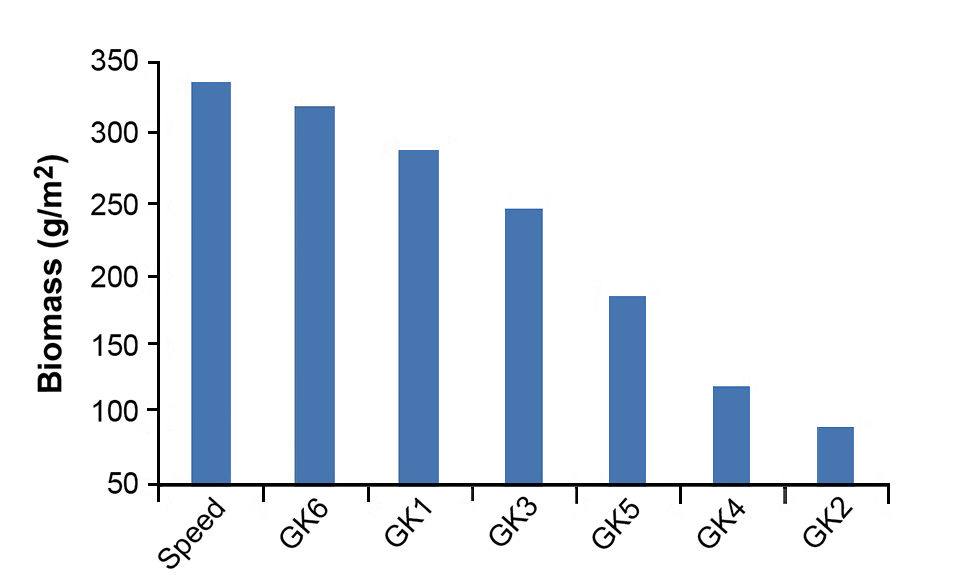

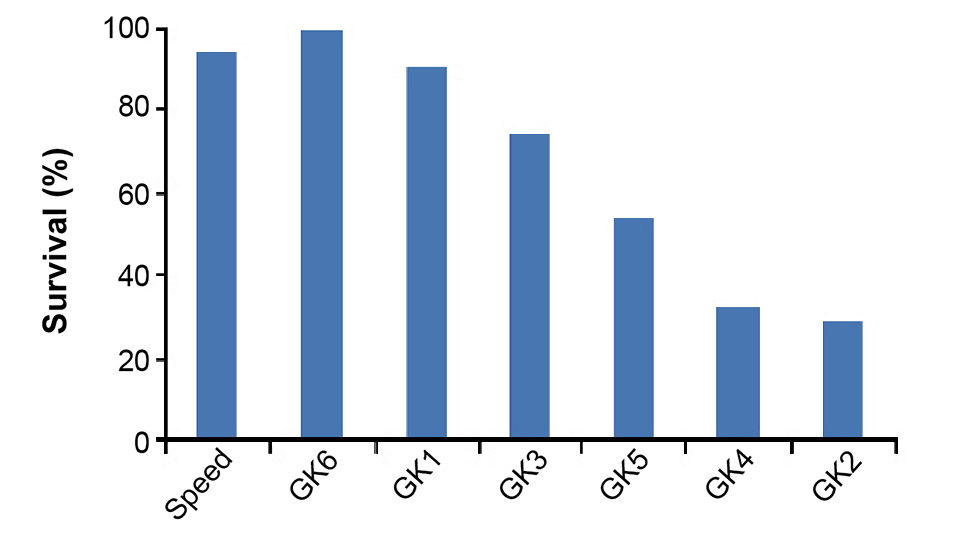
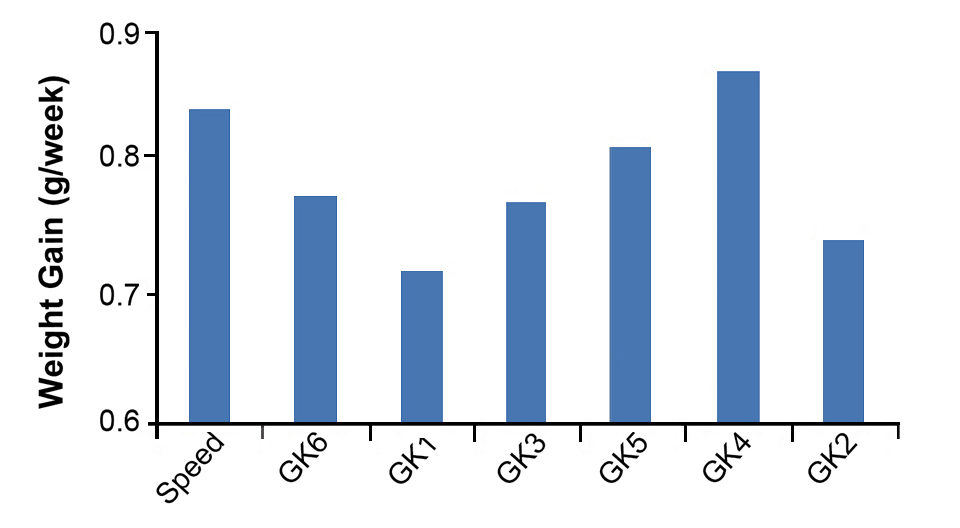
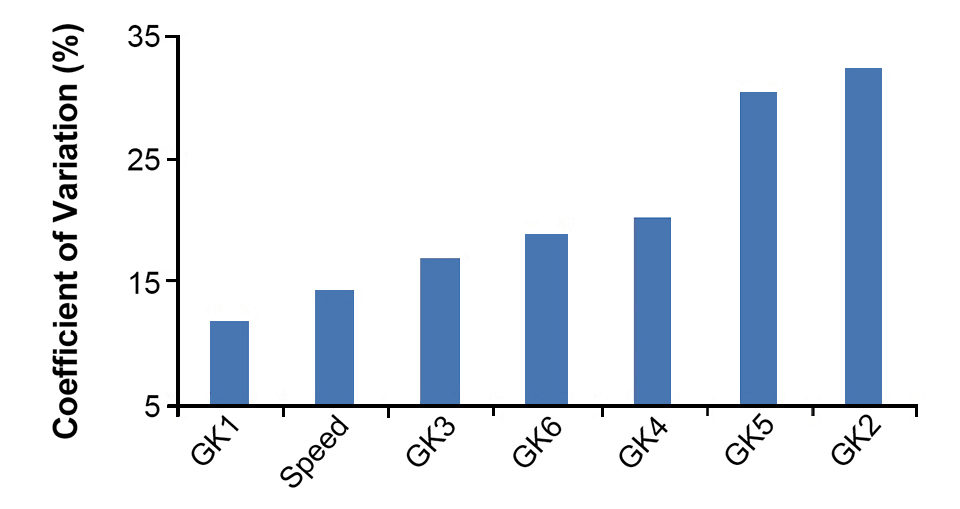
Notice again that the results evaluated different growth periods. The tagged animals were on test only from tagging to harvest for about 70 days of culture. The untagged animals in the ponds grew about 100 days from stocking to harvest. Winter season effects must also be considered, which negatively impacted the biomass yields and growth rates shown in Figs. 1 and 4. Results from summer testing are typically much better, with pond biomass yields over 500 grams per square meter and weekly gains over 1.1 grams.
Leading lines
The shrimp lines with the best biomass yield performances – the nonSPF line, GK1 and GK6 – also had excellent survival and the greatest uniformity and value of final product. Never subject to genetic improvement in Brazil, the GK1 and GK6 SPF crosses immediately performed at an excellent level of biomass productivity for the winter season. Other crosses, especially GK4 and GK2, performed rather poorly.
Test results for the three experimental methods yielded very similar results and showed the excellent performance of the Speed line, demonstrating the successful impact of genetic improvement efforts for the shrimp. Results also demonstrated the ample genetic variability present in the imported SPF populations, which will constitute a solid base for further genetic improvement in the SPF animals.
The only results that were not as positive involved the absence of any consistent heterosis or “breed effects” that could help the authors more efficiently shape ongoing breeding programs.
(Editor’s Note: This article was originally published in the May/June 2008 print edition of the Global Aquaculture Advocate.)
Now that you've reached the end of the article ...
… please consider supporting GSA’s mission to advance responsible seafood practices through education, advocacy and third-party assurances. The Advocate aims to document the evolution of responsible seafood practices and share the expansive knowledge of our vast network of contributors.
By becoming a Global Seafood Alliance member, you’re ensuring that all of the pre-competitive work we do through member benefits, resources and events can continue. Individual membership costs just $50 a year.
Not a GSA member? Join us.
Authors
-
Joao L. Rocha, Ph.D.
Aquatec and Genearch Aquacultura, Ltda.
Barra do Cunhaú
Rio Grande do Norte, CEP 59190 Brazil -
Ana Carolina Guerrelhas, B.S.
Aquatec and Genearch Aquacultura, Ltda.
Barra do Cunhaú
Rio Grande do Norte, CEP 59190 Brazil -
Ana Paula Teixeira, B.S.
Aquatec and Genearch Aquacultura, Ltda.
Barra do Cunhaú
Rio Grande do Norte, CEP 59190 Brazil -
Ana Karina Teixeira, B.S.
Aquatec and Genearch Aquacultura, Ltda.
Barra do Cunhaú
Rio Grande do Norte, CEP 59190 Brazil
Tagged With
Related Posts
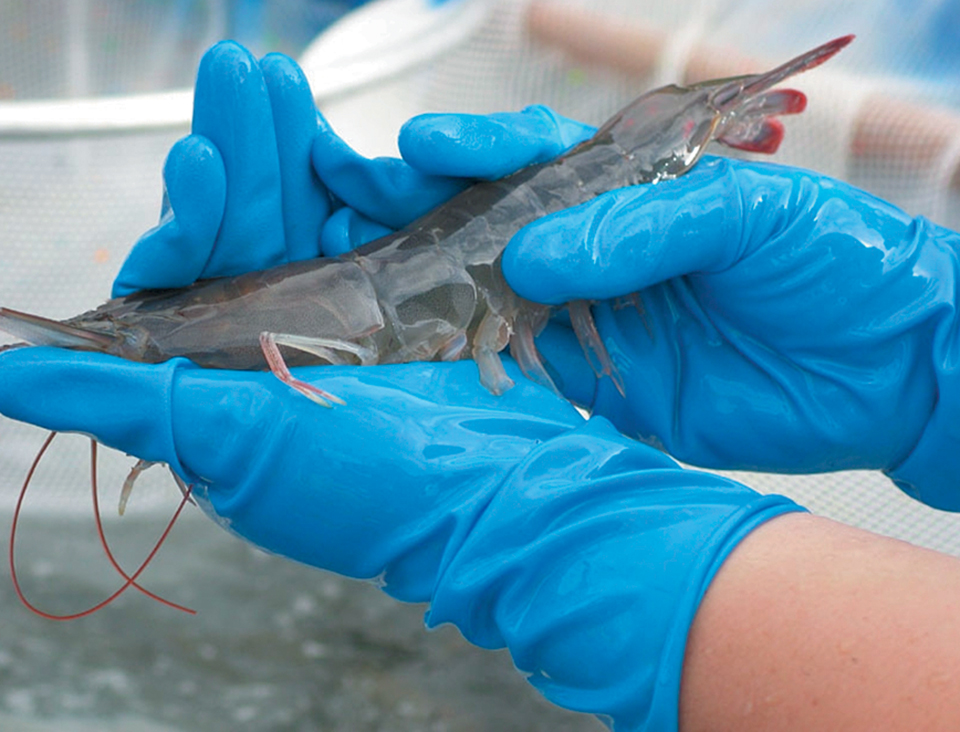
Health & Welfare
Biosecurity principles for sustainable production using SPF shrimp
Basic components of biosecurity include knowledge of diseases, adequate detection methods and the use of “clean” shrimp stocks.
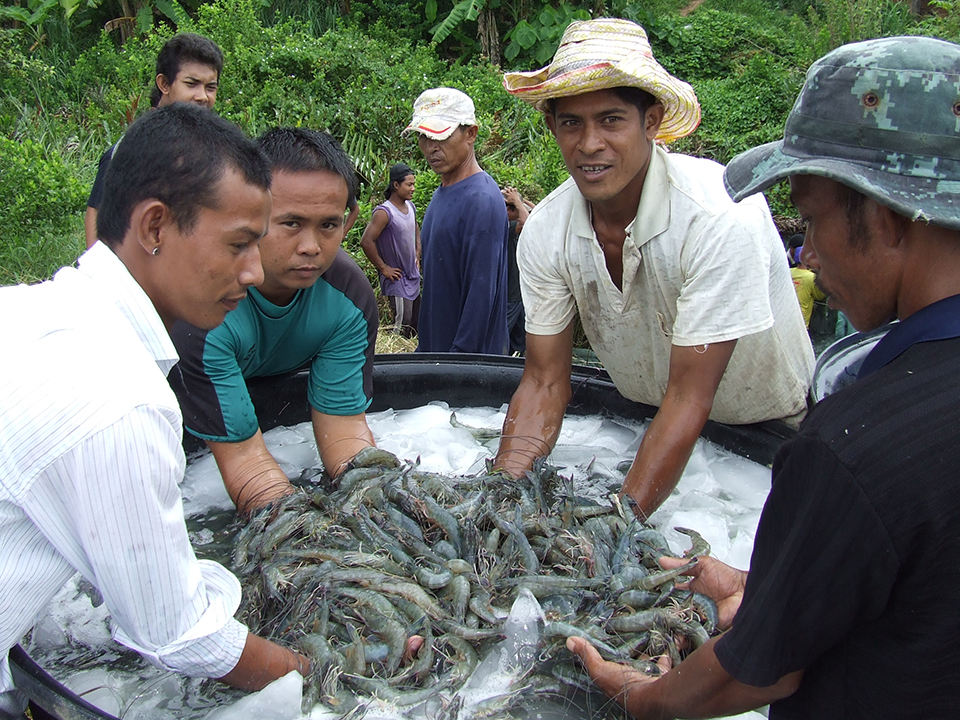
Health & Welfare
Blue alternative: High Health introduces SPF blue shrimp to Thailand
Blue shrimp are very similar to Pacific white shrimp, and can be raised under similar conditions. Blues grow faster and tolerate lower water temperatures.
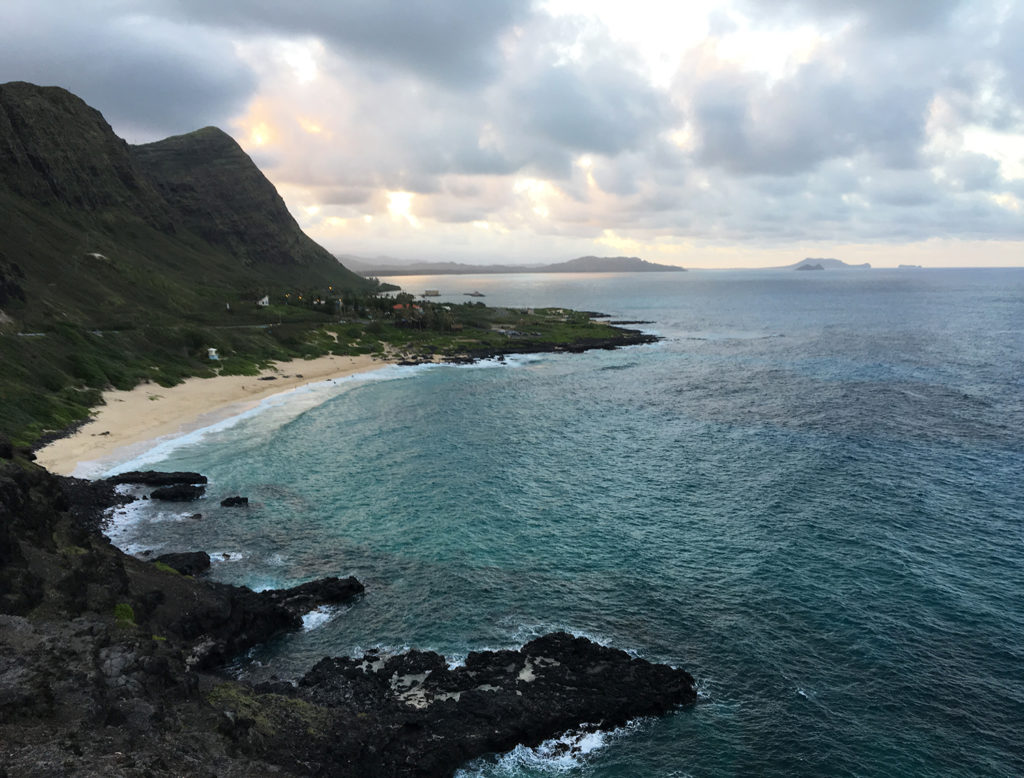
Health & Welfare
Born in Hawaii, SPF broodstock shrimp industry faces globalization
The next step for shrimp breeding will be developing animals that aren’t just disease-free, but increasingly resistant to multiple pathogens. The industry is globalizing, with suppliers setting up shop overseas. But its birthplace will always be Hawaii.

Health & Welfare
A holistic management approach to EMS
Early Mortality Syndrome has devastated farmed shrimp in Asia and Latin America. With better understanding of the pathogen and the development and improvement of novel strategies, shrimp farmers are now able to better manage the disease.



